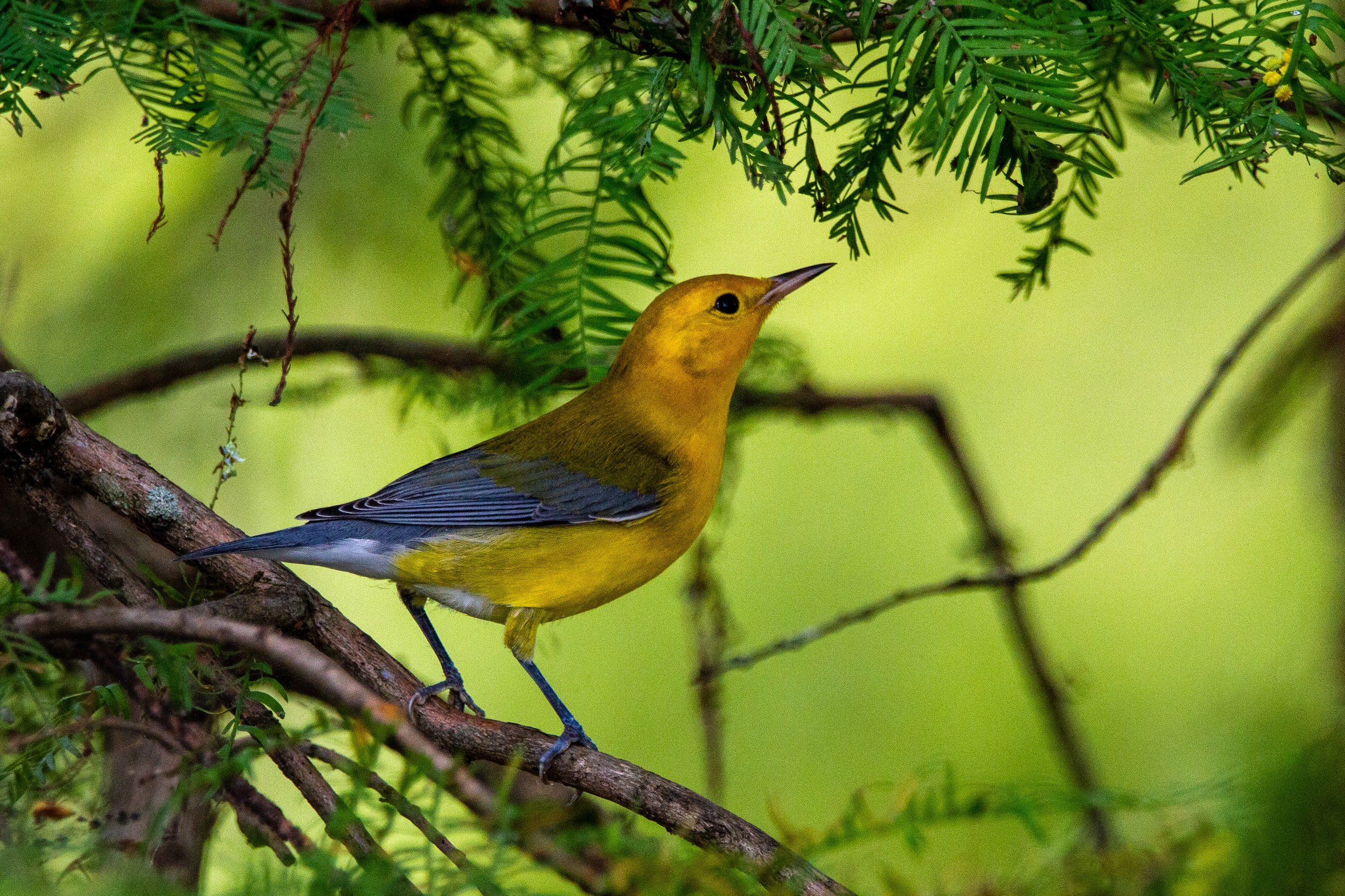
Modeling the Shores of Lake Erie
Computer modeling has become an important part of everyday life, from creating weather forecasts to deciding where to put a new traffic light. And, as with all models, the accuracy of their predictions depends on being able to feed them accurate information. This includes the initial information used to create the model, as well as any adjustments as measuring and modeling technologies improve over time.
Dr. Ethan Kubatko, from Ohio State University’s Department of Civil & Environmental Engineering & Geodetic Sciences, is working on such an adjustment to the Lake Erie Operational Forecast System (LEOFS) model, which visualizes the flow of water throughout Lake Erie. When Kubatko joined OSU in 2008, he came across a report of how the model had been performing and noticed a pattern to the data.
Lake Erie From Above… Way Above
Everyone who lives on the shores of Lake Erie has probably seen an algal bloom—sheets of green or blue-green algae covering the water’s surface, sometimes accompanied by a foul odor of rotten eggs that can severely impact water quality. In a best-case scenario, such algal blooms lead to unpleasant weekends at the beach, but worst-case scenarios can range from fish kills to liver damage due to the toxins some algae release. These potential difficulties make effective monitoring systems an important research priority.

Of Birds and Trees and Climate Change
Climate change is not only likely to affect our weather, our water levels, and our health, but also the variety of birds we see in our backyards and city parks. Changing environmental conditions will affect where these birds live, raise their offspring, and spend their winters, and wildlife managers across the Great Lakes region and beyond will have to consider these potential changes when deciding on the best way to manage the wooded areas in their care.

Accounting for Carbon in Great Lakes Forests
When most people think of the term “accounting,” they think of banks, money, and profits. But in a world affected by climate change, accounting for carbon is one of the tools researchers use to determine the consequences of climate change and suggest ways to mitigate the problem. One of these researchers is Dr. Peter Curtis, a professor in and Chair of the Department of Evolution, Ecology and Organismal Biology at Ohio State University.

Nanoparticles in the Presence of Water
The word “nanotechnology” is most often familiar in the context of science fiction, but since the first nanomaterials were discovered in the 1980s, these tiny structures have become a part of new developments in the fields of medicine, engineering, and construction, and they have been integrated into consumer products from food storage to clothing.
However, with their increasing use, many researchers are beginning to raise questions about the ecological impacts of nanoparticles, with little known about their possible effects as they enter natural environment. Will they clump together into larger structures that could be eaten by fish and other aquatic organisms, possibly causing damage? Or will the larger clumps of nanoparticles settle to the bottom of a lake or stream where they could affect Lake Erie’s benthic communities? Nobody really knows, and that could be a real problem.
Studying World Climate to Help Ohio
Did you know that almost all US states have a state climatologist? These researchers, in addition to duties within universities or governmental agencies, manage networks of volunteer weather observers across their state, compile and verify weather data, and make it available to interested parties. The climatologists’ knowledge of their state’s climate and weather patterns makes them an invaluable resource not only for those concerned about the impacts of today’s weather, but also for those responsible for adapting to new weather scenarios in a world affected by climate change.

Knitting: Twist Squared Socks
Twist Squared is a fun and easy sock pattern that makes the best of highly variegated yarns without being swallowed by a mess of colors.

Investigating the Impacts of Climate Change onOhio Agriculture and Forests
Agriculture is Ohio’s number one industry, encompassing more than 14 million acres of farmland and providing more than $5 billion worth of crops every year. But if predictions come true and climate change continues, the associated rising temperatures could seriously affect all aspects of agriculture: the types of crops farmers plant, when and where crops are planted, and the policies that will be needed to manage agriculture in harmony with environmental protection needs.